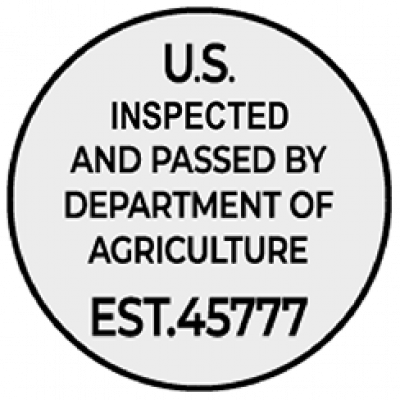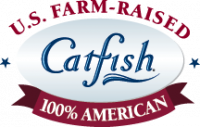Heartland Catfish Company is one of the largest vertically integrated entities in the U.S. Farm-Raised Catfish industry. The Tackett family owns and manages the ponds that provide about 50% of the catfish processed annually. The other supply is from select partner-farmers in Texas, the Arkansas Delta, Mississippi Delta and the Black Belt Prairie Region of Mississippi and Alabama. Heartland catfish is raised in man-made freshwater ponds that use the latest farming practices and Best Management Practices. Therefore, Heartland Catfish Company delivers the best U.S. farm-raised catfish on the market.
Delivering Excellence from Egg to Harvest
Quality Heartland Catfish
High-Protein, Grain-Based Floating Feed
Heartland Catfish Promise
Heartland Catfish products are a healthy, safe and viable food source. We take steps to ensure our products are farmed and processed in an environmentally responsible manner. This includes working with growers who employ environmentally beneficial farming methods and utilizing innovative equipment and processes. We control our catfish from egg to plate to guarantee you receive the highest quality products that meet the highest standards. When you buy Heartland Catfish, you can feel confident in your sustainable seafood choice.
U.S. Farm-Raised Catfish is rated as a “Best Choice” by the Monterey Bay Aquarium’s Seafood Watch. Seafood Watch is dedicated to developing sustainable seafood advisory lists and making science-based seafood recommendations for consumers, chefs and businesses.
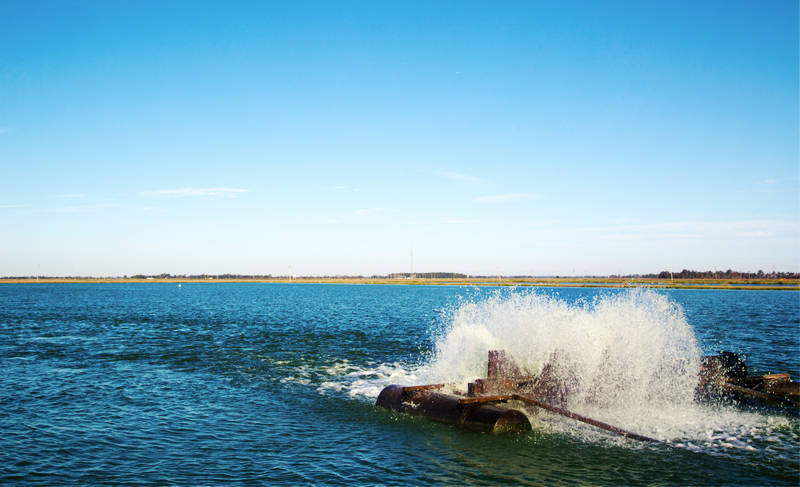
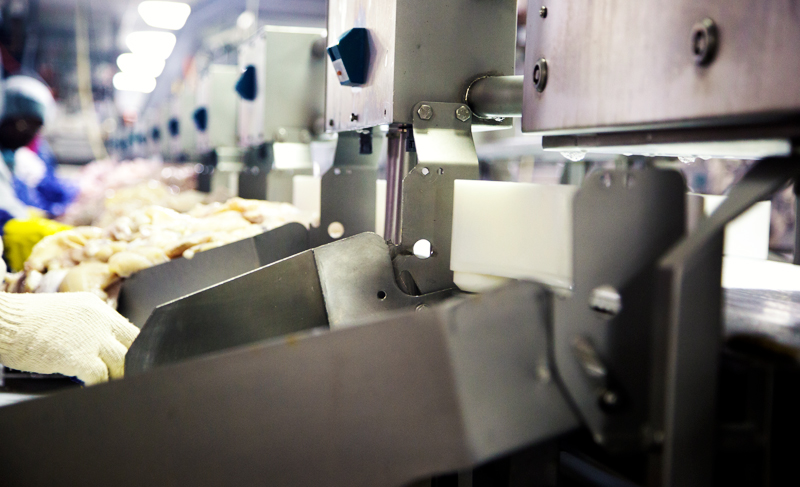
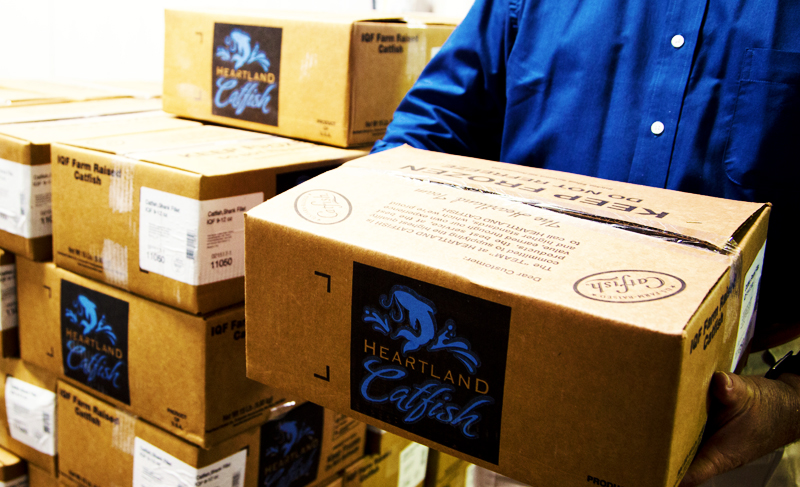
Heartland
Catfish Life Cycle
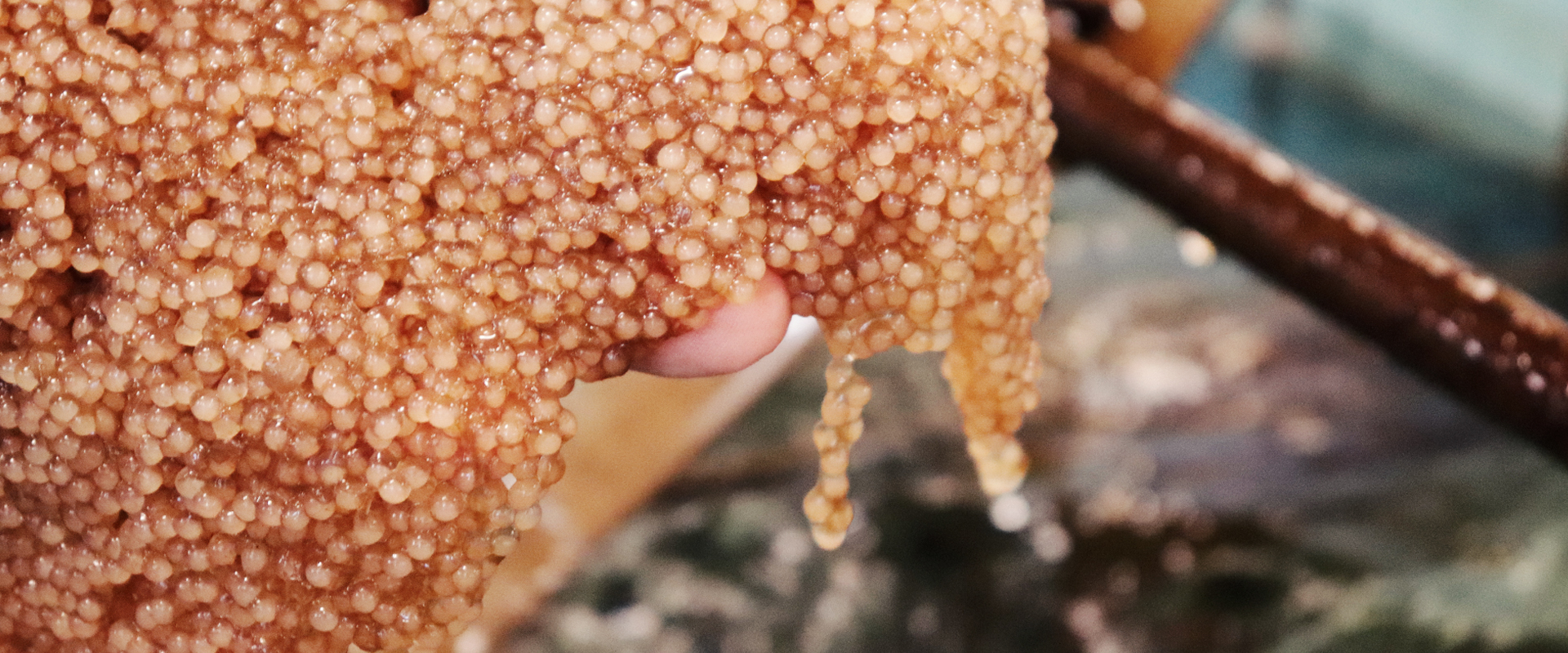
Brood Fish produce 3,000 to 4,000 eggs per pound of body weight per year. These fish lay the eggs in specialized boxes that are then collected by hand and taken to a hatchery to hatch into “sac fry.”
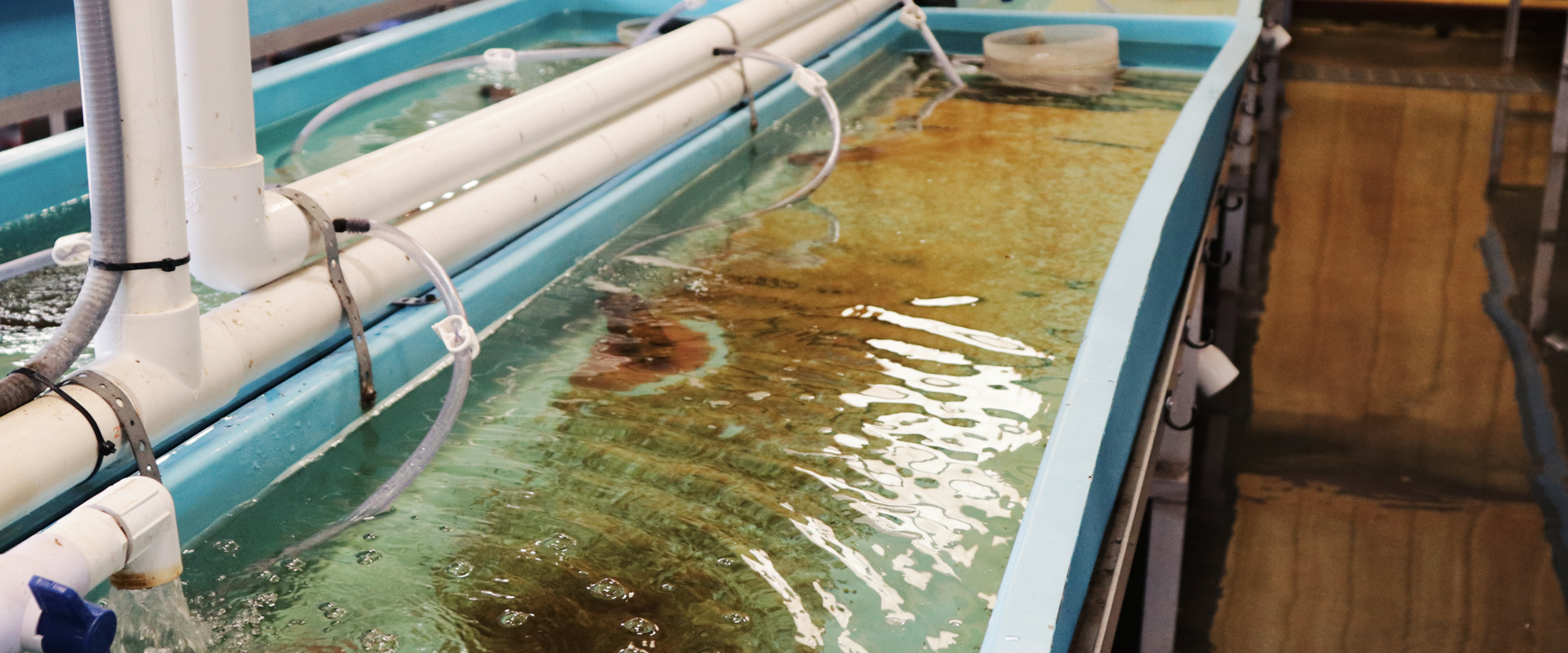
The sac fry are carefully tended until they grow to become fingerlings. During this time, they are fed a high-protein floating feed similar to goldfish food. This trains them to look for their food on the surface and not the bottom of their habitat.
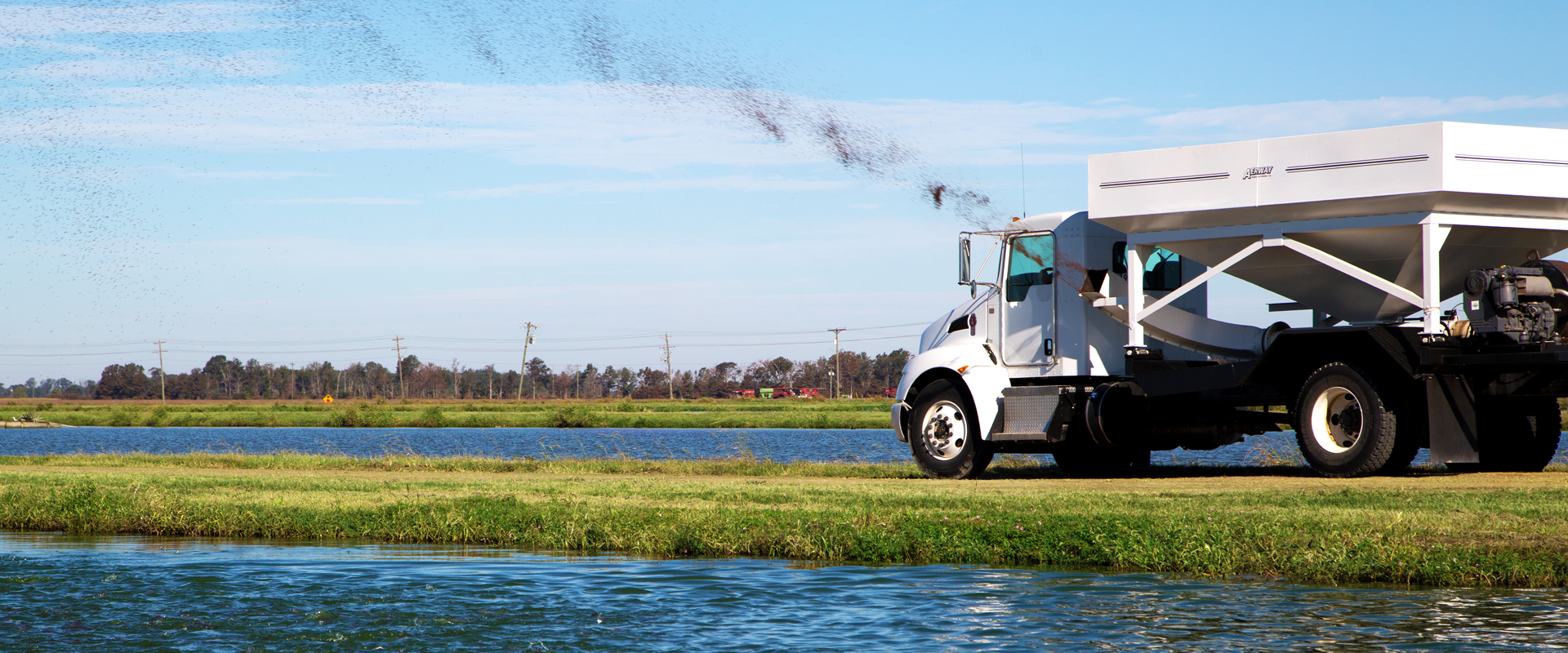
The fry are moved from the hatchery to a pond where they continue to grow until they are 5 to 7 inches long. They are now known as fingerlings and are moved to grow out ponds and stocked at a rate of 5,000 to 10,000 fingerlings per surface acre of water. They continue to be fed high-protein floating feed, which helps maintain the flavor desired in U.S. Farm-Raised Catfish.
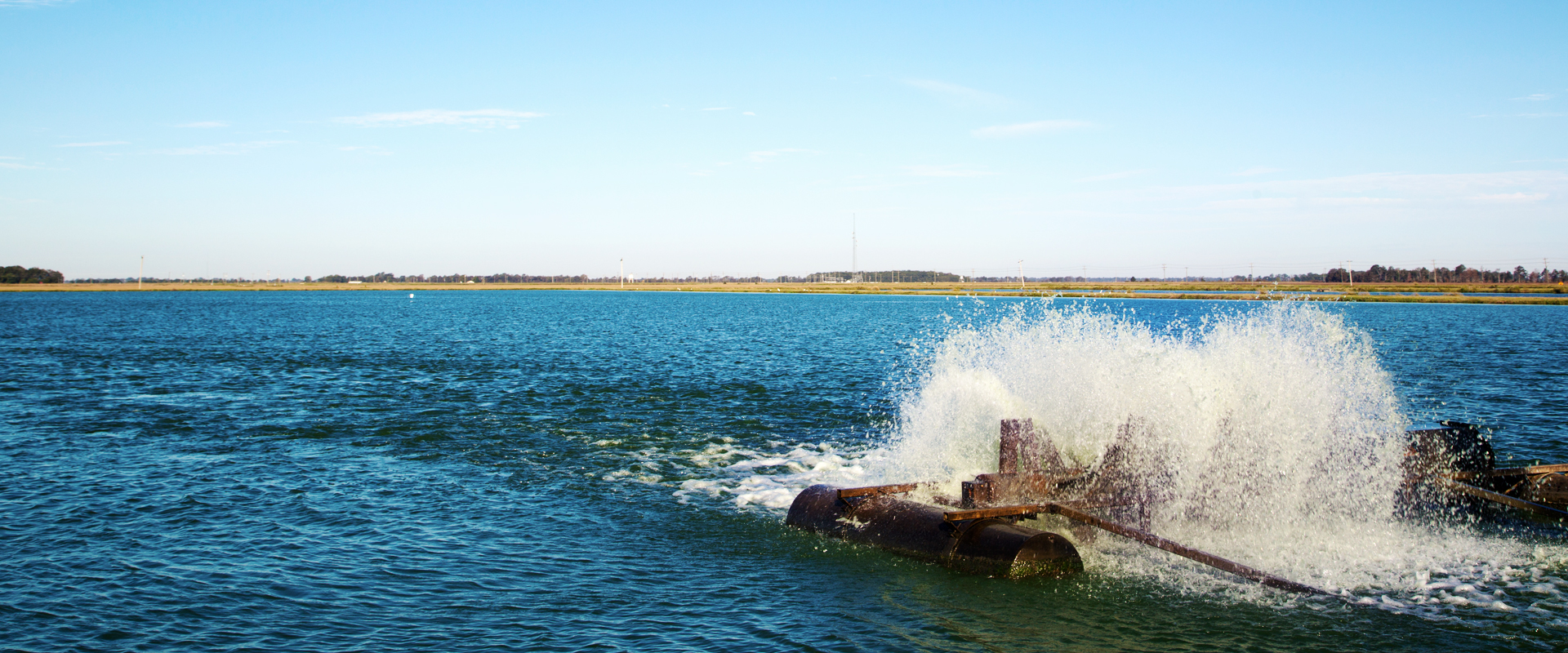
After 18 to 24 months, the fingerlings have grown to an average weight of 1.5 to 2.5 pounds and are now ready to be harvested and processed. Prior to harvest, each pond must pass a stringent flavor and quality test. Once the tests are passed, the pond is ready for harvest.
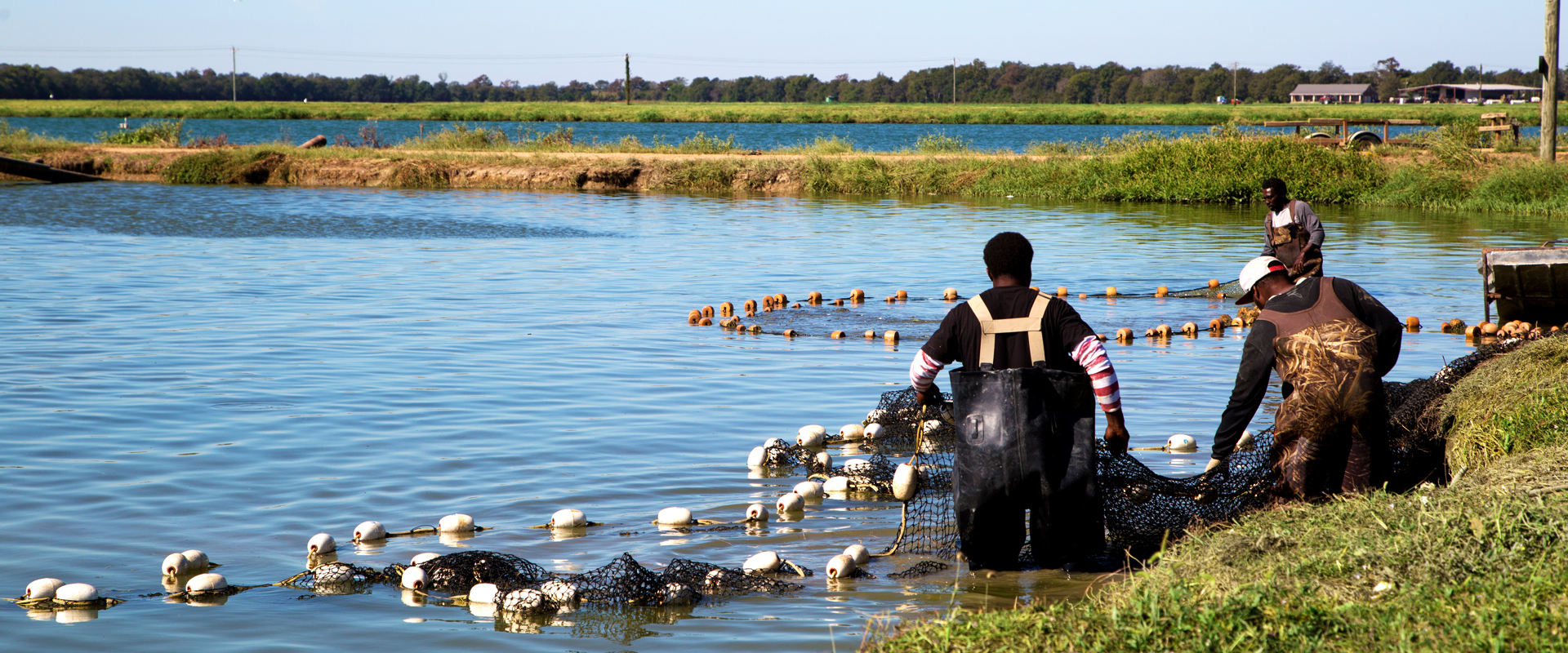
Workers use large weighted nets called seines to crowd the fish to one area of the pond so they can be loaded into aerated tanks on flatbed trucks and transported to the plant. The workers use a crane and a large dip net to move the fish from the pond to the trucks.
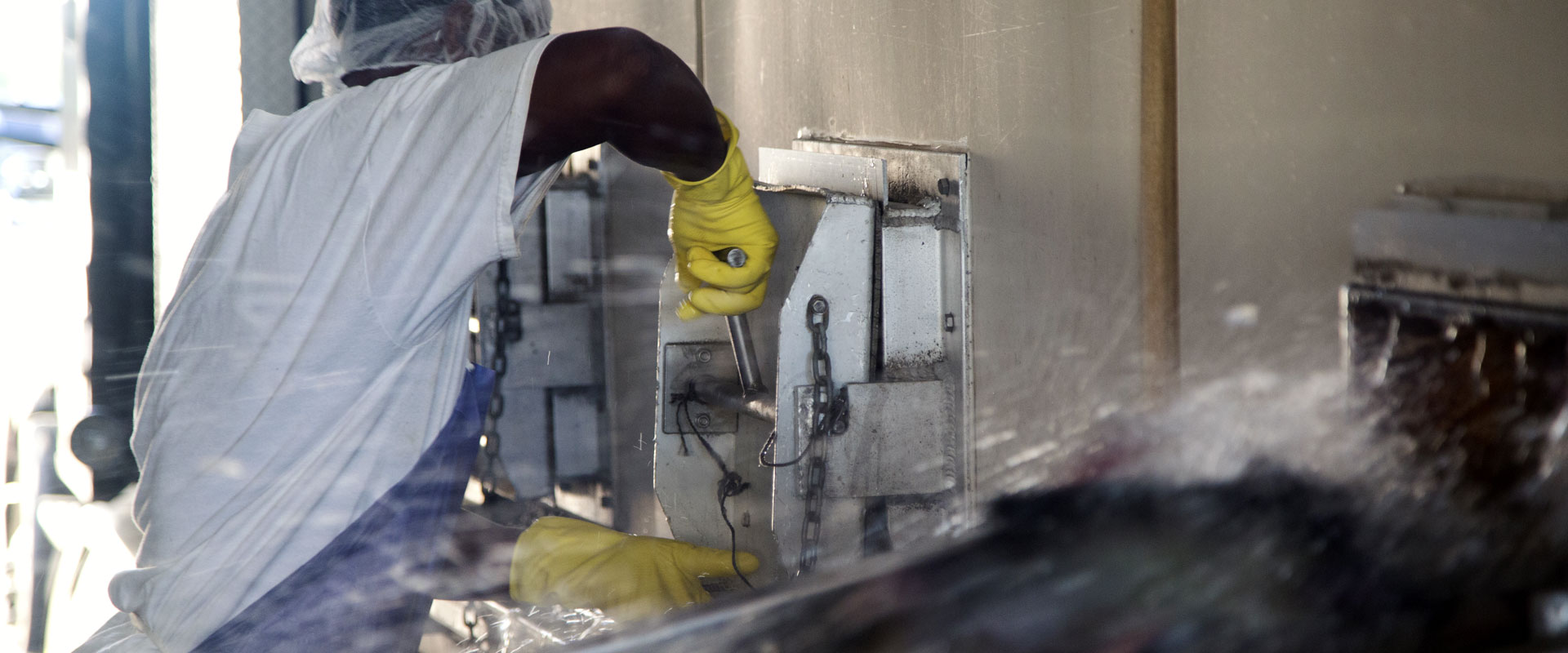
The fish are transported to the plant on trucks. Once at the plant, the fish are offloaded into a large basket that acts as a scale to determine how many fish are being brought from any one farm or pond. Once weighed, the fish move across a computerized grader and are directed to the proper processing line based on size and weight.
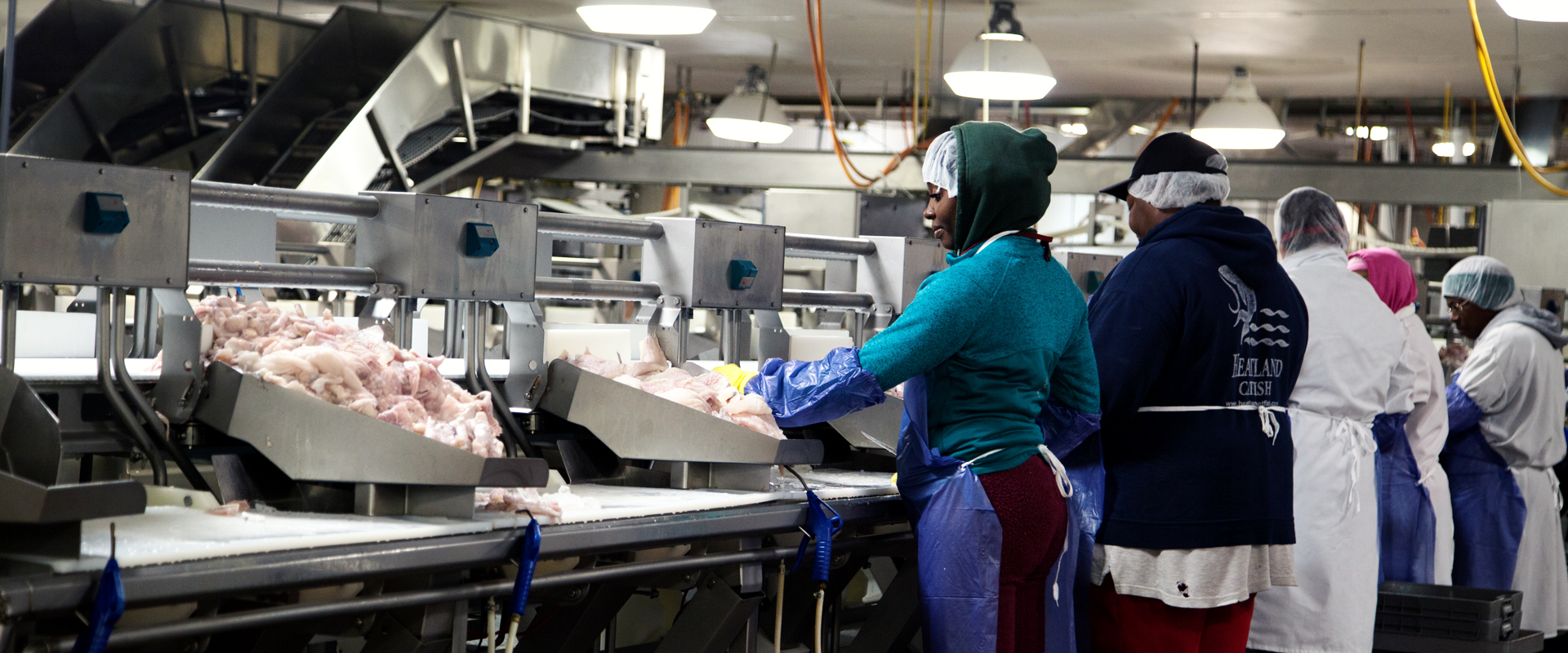
The fish are cleaned, filleted, trimmed and packed in the various forms, sizes and cuts for the customer. They are either packed into boxes on ice or sent through a blast freezer, frozen and packed into boxes, depending on the customers’ orders. They are then ready to be shipped to the customer.
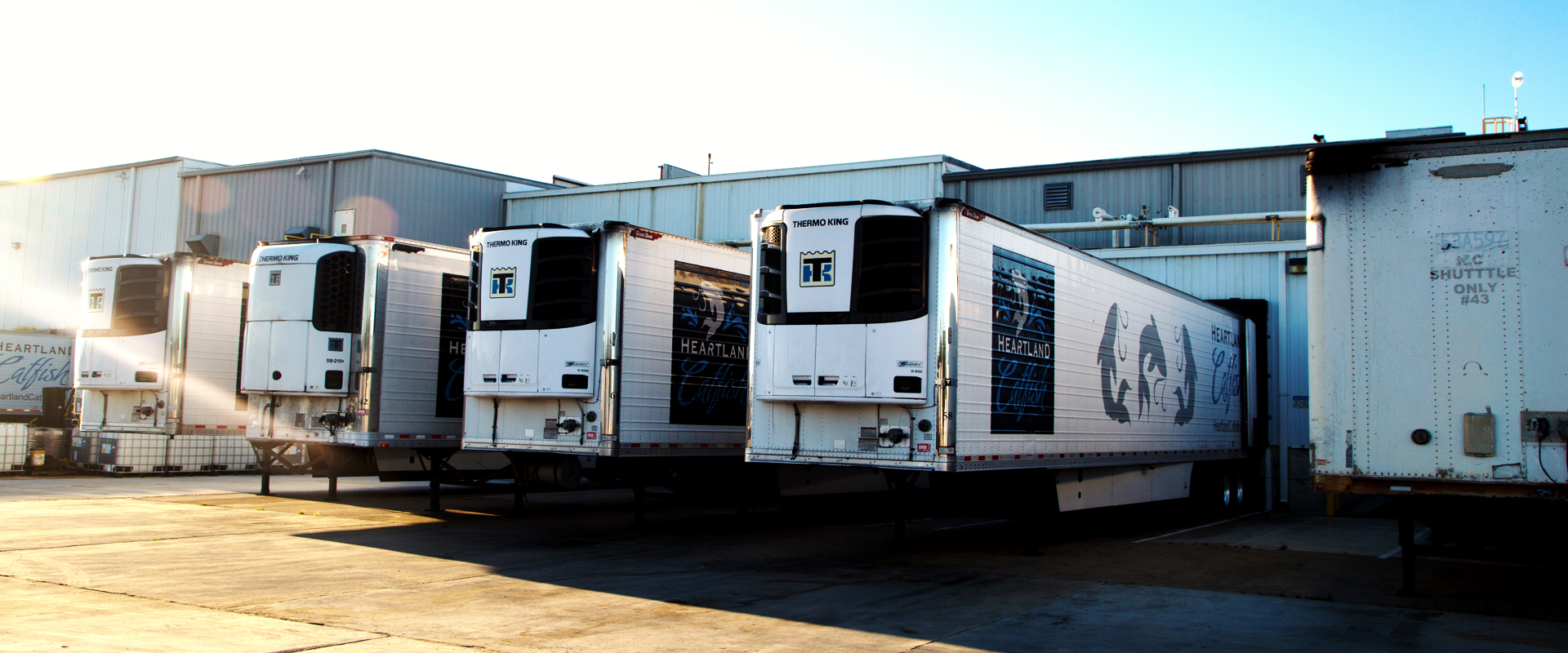
The packaged fish are stored in our coolers and freezers until they are loaded on our fleet of trucks, or onto the customer’s truck, and then delivered to the appropriate distributor or customer.
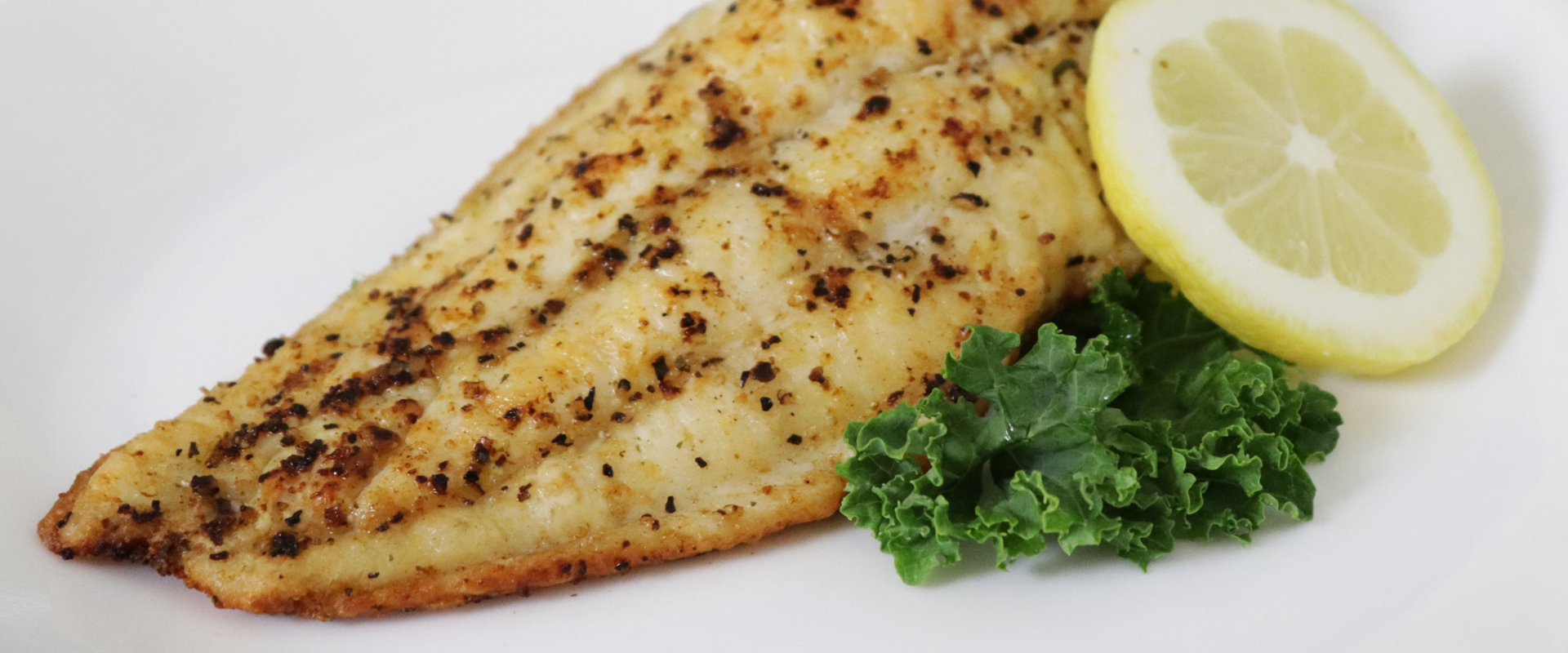
After delivery, the product is ready to be prepared as the customer desires and enjoyed by the many catfish lovers around the world.


